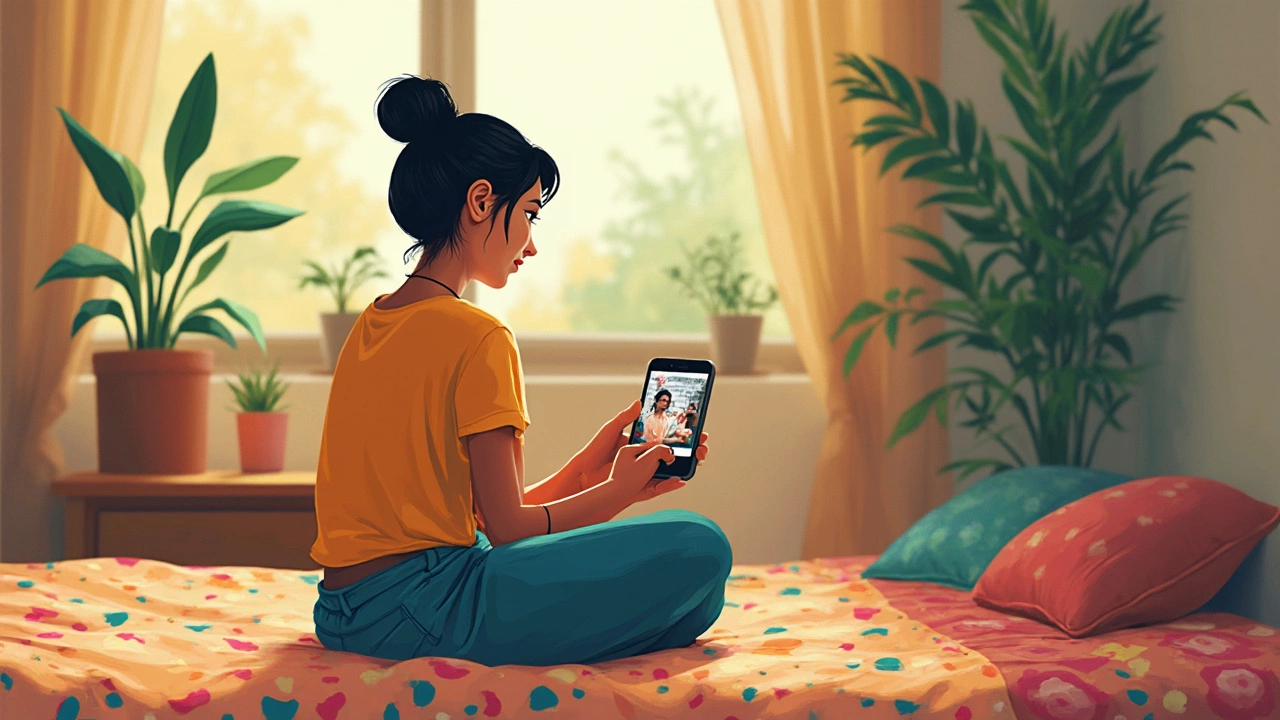Remove Object from Photo – Easy Ways to Clean Up Your Images
If you’ve ever taken a great shot only to notice a stray pole, a trash can, or a random person in the background, you know how frustrating it can be. The good news is you don’t need a pricey studio or a pro to fix it. With a few free tools and simple steps, you can erase unwanted items and make your photos look polished.
Free Tools You Can Start Using Today
There are several apps and programs that let you remove objects without a steep learning curve. Snapseed (free on both Android and iOS) has a “Healing” brush that works well for small blemishes. GIMP is a desktop alternative to Photoshop and offers a “Clone” tool for larger areas. If you prefer an online option, Inpaint lets you upload a picture, paint over the object, and let the server do the work. All of these tools are free or have a free trial, so you can test them before committing.
Step‑by‑Step Guide to Erasing Unwanted Items
1. Open the image in your chosen tool. Zoom in on the object you want to get rid of so you can see the details.
2. Select the right tool. For tiny spots, use a Healing brush. For bigger sections, use the Clone or Patch tool. The Clone tool copies pixels from a clean part of the image and paints them over the unwanted area.
3. Pick a source area that matches the background near the object. In Snapseed, just tap the area you want to copy; in GIMP, hold Ctrl and click the source spot.
4. Paint over the object. Move slowly and keep the brush size small at first. If the result looks odd, undo (Ctrl+Z) and try a different source spot.
5. Blend the edges. Most tools have a “Feather” or “Smooth” option. Use it to soften any harsh lines so the edited part blends naturally with the rest of the picture.
6. Check the whole image. Zoom out to see if the edit looks realistic. Sometimes a tiny mistake is obvious only when you look at the full picture.
7. Save a copy. Keep the original file untouched and export the edited version as a new JPEG or PNG.
That’s it! With a few minutes of practice, you’ll be able to clean up background clutter, remove power lines, or even erase an accidental selfie‑stick.
One extra tip: when you’re shooting, try to keep some plain background around the subject. It gives you more clean pixels to copy from, making the removal process smoother. And if you’re comfortable with a little extra effort, combine two tools – for example, start with Healing for the main area, then finish with Clone to fine‑tune any leftover spots.
Now you have a quick, free way to make your photos look like they were taken in a perfect studio. No more awkward distractions, just the scene you wanted to capture.
